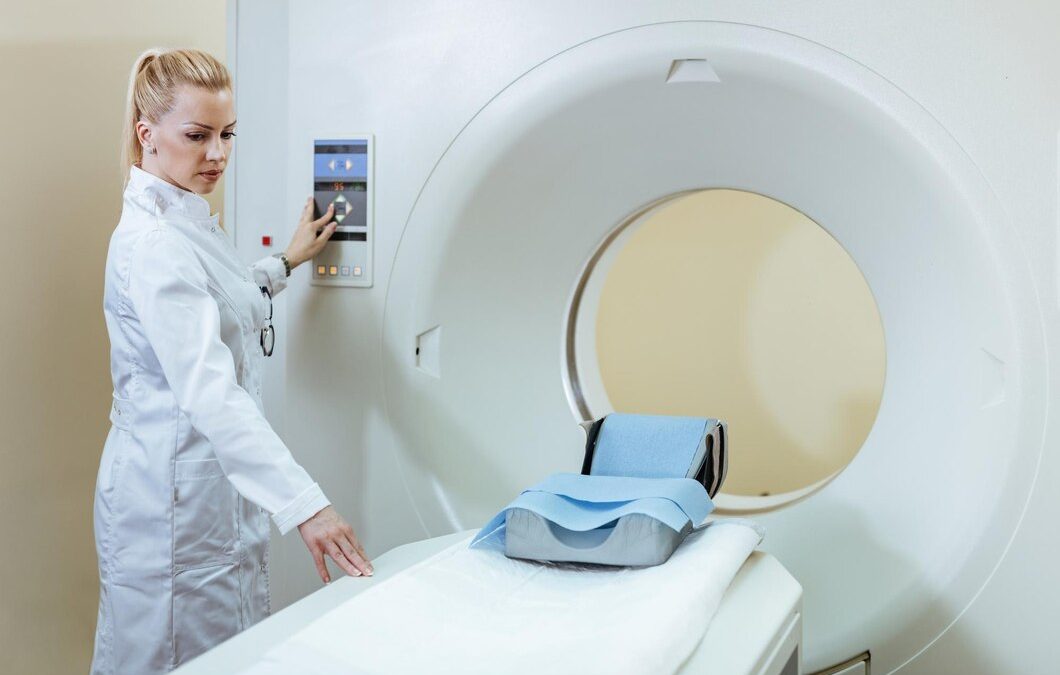Pressure ulcers, also known as bedsores, are tricky wounds that develop due to prolonged pressure on the skin. They often occur in people who are bedridden or immobile for long periods. These ulcers can lead to serious health problems if not treated properly. Healing them is hard because the affected areas usually don’t get enough oxygen to support tissue repair and growth.
Understanding Pressure Ulcers and Their Challenges
Pressure ulcers, commonly known as bedsores, are injuries to the skin and underlying tissue due to prolonged pressure on the skin. They usually form on skin covering bony areas, such as heels, ankles, hips, and tailbone. People who are bedridden, use a wheelchair, or cannot change their position regularly are at higher risk. The constant pressure cuts off blood supply to these areas, leading to tissue damage and ulcers.
Healing pressure ulcers is challenging because they often occur in people who have other health issues, such as mobility problems or diseases that affect blood flow and skin health, like diabetes. These wounds can easily become infected, weakening the body’s ability to heal. Complications can include severe infections that may spread to the bones, requiring long-term medical care. The healing process involves reducing pressure on the affected areas, keeping them clean and dry, and ensuring proper nutrition to promote healing. Despite efforts, complete healing can take a long time and is often complicated by additional health conditions.
Hyperbaric Oxygen Therapy: A Healing Boost
Hyperbaric Oxygen Therapy (HBOT) offers a powerful boost in healing chronic wounds, including pressure ulcers. This therapy involves breathing pure oxygen in a specially pressurized chamber, which increases the amount of oxygen your blood can carry. When you have more oxygen in your system, it helps your body heal wounds faster and more efficiently.
In the pressurized environment of HBOT, the oxygen dissolves in the blood at much higher levels. The increased oxygen supply reaches blocked or damaged tissue sites, where it promotes quicker healing by helping with tissue regeneration and reducing inflammation. It also aids in fighting infections, which is crucial in cases of pressure ulcers that are at a high risk of infection.
Patients undergoing HBOT typically experience less swelling and pain, making it easier for them to recover. This therapy not only speeds up wound healing but also improves the body’s ability to form new blood vessels, enhancing overall blood circulation. By effectively combining the benefits of higher oxygen levels and the pressurized environment, HBOT can dramatically improve healing outcomes for those struggling with chronic pressure ulcers.
Oxygen’s Vital Role in Healing
Oxygen is a key player when it comes to healing tissues. When the body is injured, it needs more oxygen to repair and regenerate cells. This is where Hyperbaric Oxygen Therapy (HBOT) comes into play. By breathing pure oxygen in a pressurized setting, the body can push more oxygen into the bloodstream. This helps wounds heal faster and reduces the risk of infection.
For pressure ulcers, HBOT is particularly beneficial. These ulcers, often called bedsores, are stubborn wounds that can be difficult to manage. HBOT enhances the healing of these sores by improving blood circulation, which brings more nutrients and oxygen to the damaged areas. Better blood flow lowers swelling and fights infection, making the healing process smoother and quicker.
The high oxygen levels also help form new blood vessels, a process called angiogenesis, which is vital for wound healing. This increased circulation coupled with oxygen therapy not only speeds up healing but also improves the overall health of the skin and underlying tissues. Patients who undergo HBOT for pressure ulcers often experience quicker recovery and less pain.
Crafting an Effective HBOT Treatment Plan
Creating a successful HBOT treatment plan requires careful consideration of several factors. The type and severity of the pressure ulcer, along with the patient’s overall health, influence how long each session should be and how often they need to happen. Typically, a doctor will recommend the number of sessions based on these factors, adjusting as the patient progresses.
An effective treatment plan should be flexible to ensure it meets the unique needs of the patient. This means regular monitoring and adjusting treatment as healing happens. Communication between healthcare providers and patients is key to tailoring treatment for the best outcomes.
Besides HBOT, lifestyle adjustments can support ulcer healing. Eating a balanced diet rich in vitamins and staying well-hydrated can strengthen the body’s natural healing capabilities. Regular movement, even if limited, can improve circulation, contributing to better healing.
Conclusion
Hyperbaric Oxygen Therapy has proven itself as a powerful treatment option for stubborn conditions like pressure ulcers. By providing extra oxygen to injured tissues, it enhances the body’s natural healing capabilities, making it a valuable tool in modern healthcare. This treatment supports not just wound repair, but also boosts the immune system, reducing inflammation and promoting the growth of new blood vessels.
As healthcare continues to evolve, HBOT offers hope for those struggling with chronic wounds and difficult-to-heal infections. Patients can expect better outcomes and improved quality of life thanks to this advanced therapy. Its ability to complement other medical treatments makes it a vital component in comprehensive care plans.
If you’ve been battling pressure ulcers or other persistent wounds, consider exploring Hyperbaric Oxygen Therapy at Founding Fathers Hyperbarics. Our team is dedicated to helping you find relief and healing through this effective therapy. Reach out today to learn more about our treatment options and how we can support your journey to recovery.

